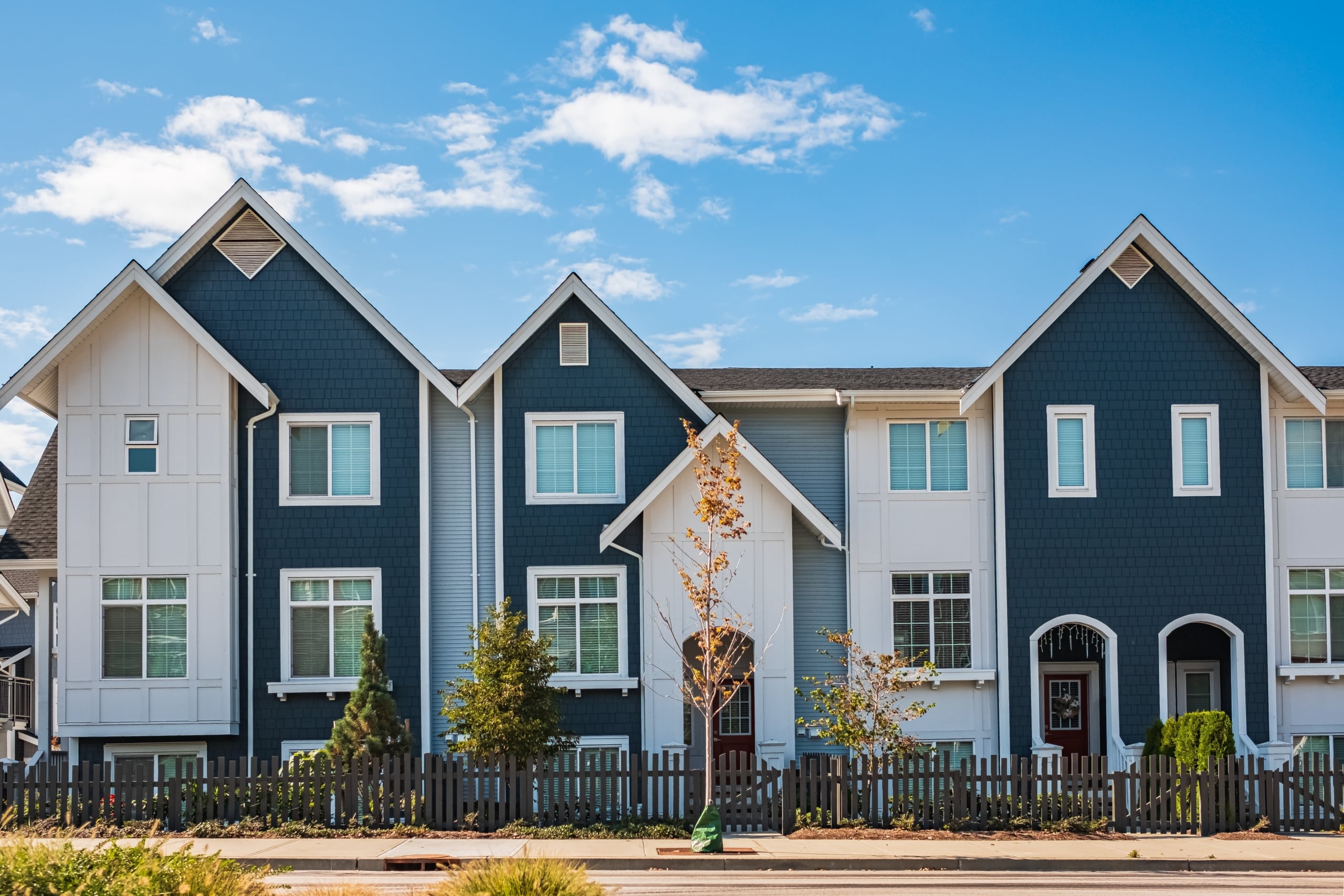How Condominium HOA Controls Shared Rooms and Enhances Neighborhood Consistency
The administration of shared areas within a condo organization plays a pivotal role in fostering community communication and maintaining residential property worths. With the establishment of extensive guidelines, the Condominium HOA not only regulates the use of communal amenities yet additionally advertises a society of respect and responsibility among locals.
Function of the HOA
The house owners organization (HOA) functions as the controling body for condo areas, playing an essential function in maintaining the residential or commercial property and promoting a cohesive living setting. It is liable for implementing and passing neighborhood guidelines and guidelines, which are developed to preserve the visual worth and performance of the shared room. This governance makes certain that all citizens comply with a standardized collection of expectations, fostering a feeling of unity among varied homeowners.
Additionally, the HOA takes care of the economic aspects of the community, including budgeting, collecting dues, and maintaining common areas. This financial oversight is crucial in ensuring that essential upkeep and enhancements are accomplished immediately, boosting building worths with time. The HOA additionally functions as an intermediary between residents and external entities, such as regional federal government and company, resolving communal issues successfully.
Furthermore, the HOA commonly organizes neighborhood events and programs, urging neighborly communications and building relationships amongst citizens. By helping with open interaction and attending to grievances, the HOA contributes to a harmonious living setting. Therefore, its complex role is crucial in guaranteeing the smooth procedure and overall satisfaction within condo communities.
Policies for Shared Rooms
Effective administration in condo neighborhoods necessitates clear regulations for shared areas, which are important for keeping order and promoting a feeling of neighborhood amongst citizens. These rules work as guidelines that make certain everybody can appreciate usual areas, such as pools, gardens, and entertainment facilities, without conflict.

Additionally, cleanliness and maintenance requirements are important, usually stating that homeowners need to tidy up after themselves and report any type of problems to the property owners' organization. By clearly interacting these expectations, the HOA can reduce misunderstandings and motivate regard among locals.
Eventually, well-defined guidelines for common areas add to the overall quality of life in a condo area, permitting residents to coexist peacefully while delighting in the facilities that improve their living experience. condo hoa.
Significance of Neighborhood Standards

Area guidelines play a significant role in cultivating a respectful and cohesive setting within condominium associations. These standards establish clear assumptions for citizens, promoting a sense of responsibility and important source shared responsibility. By marking acceptable actions and methods, neighborhood standards help protect against misunderstandings and problems among homeowners.
In addition, these standards act as a framework for keeping the practical and visual stability of common spaces. They make certain that all residents comply with standards relating to building upkeep, noise levels, and use of public facilities. This harmony not only improves the visual charm of the area but also adds to overall building values, profiting all property owners.

Problem Resolution Techniques
Browsing disputes within a condominium organization requires an organized approach to make sure efficient and fair resolution. Reliable conflict resolution methods frequently start with open interaction, urging residents to voice issues in a considerate way. Developing a designated channel for complaints, such as an idea box or an on-line forum, can promote this procedure.
Arbitration is an additional crucial strategy, where a neutral 3rd celebration assists disputing locals reach a mutually acceptable remedy. This approach fosters cooperation and understanding, decreasing hostility - condo hoa. The HOA board should also develop clear procedures for attending to grievances, making sure all events know the actions entailed
Regular conflict resolution training for board members can improve their capability to deal with conflicts effectively. Utilizing a well-defined framework, such as the "Interest-Based Relational Method," assists focus discussions on interests rather than positions, promoting a solutions-oriented state of mind.
Advantages of Community Harmony
Fostering community harmony within a condo organization brings numerous advantages that enhance the total living experience for homeowners. An unified area motivates partnership and cooperation amongst neighbors, leading to a much more jovial atmosphere. When residents really feel revered and linked, they are more probable to participate in public activities and participate in decision-making procedures, resulting in a stronger feeling of belonging.
Additionally, neighborhood consistency substantially minimizes misunderstandings and conflicts, which can or else interfere with day-to-day live. A relaxed environment reduces anxiety and promotes psychological click wellness, allowing citizens to enjoy their homes completely. Additionally, unified relationships usually convert into boosted building values, as potential buyers are drawn to communities identified by stability and participation.

Conclusion
Through the establishment of clear guidelines and neighborhood guidelines, citizens are urged to preserve a considerate and answerable environment. Inevitably, the initiatives of the HOA add to a natural area, advertising both residential or commercial property values and total resident fulfillment.
Furthermore, the HOA commonly arranges neighborhood occasions and programs, motivating neighborly interactions and building relationships among residents. By marking acceptable habits and techniques, neighborhood guidelines assist protect against misunderstandings and problems among residents.
Furthermore, area guidelines assist in reliable interaction among locals and the Homeowners Organization (HOA) Through the establishment of clear guidelines and community standards, citizens are motivated to preserve a respectful and accountable setting. Ultimately, the efforts of the HOA add to a cohesive area, promoting both property worths and overall resident satisfaction.